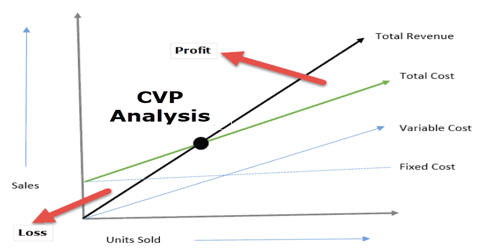The Weighted average cost flow method (also called the average cost method) provides that the average unit cost is included in the cost of goods sold.
Weighted-average (average cost) inventory costing method assumes that the average cost of inventories is to be recognized as the cost of goods sold.
In order to determine the weighted-average, you need to add all the costs of the items on hand and divide the result by the number of items. In our example, the calculation is as follows: ($5,000 + $5,500) / 2 = $5,250. This amount will be charged to the cost of goods sold when an item is sold.
It is important to note that the methods described above only refer to cost flows of inventory, and usually not to their physical flows. Physical inventory flows usually follow the specific identification or FIFO rules.
Example of weighted-average cost flow method
Under this method, the weighted-average cost per unit needs to be calculated first. This is done by dividing the cost of goods available for sale by the number of units available for sale.
Illustration: Brid’s Drills data for calculating weighted-average cost
| The cost of goods available for sale: |
| 100 x $15 + 120 x $18 + 80 x $20 = $5,260 |
| The number of goods available for sale: |
| 100 + 120 + 80 = 300 units |
Based on the above information, the weighted-average cost per unit is $17.53, rounded to a cent ($5,260 / 300 units).
Next, to determine the cost of goods sold we need to multiply the number of drills sold by the weighted-average cost. In our illustration, the cost of goods sold is $4,733.1 ($17.53 x 270 units). The net income is $6,066.9 ($10,800 – $5,057.1) and the income tax is $1,820.07 ($6,066.9 x 30%).
















